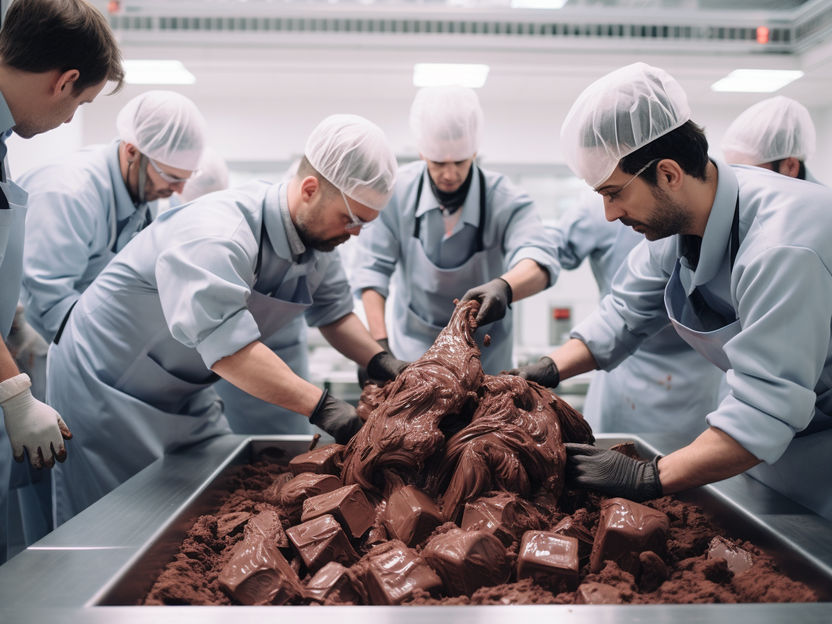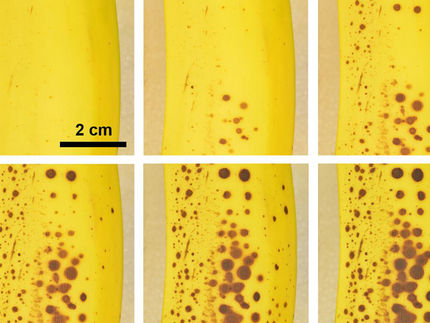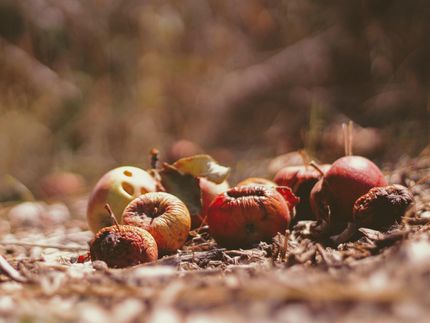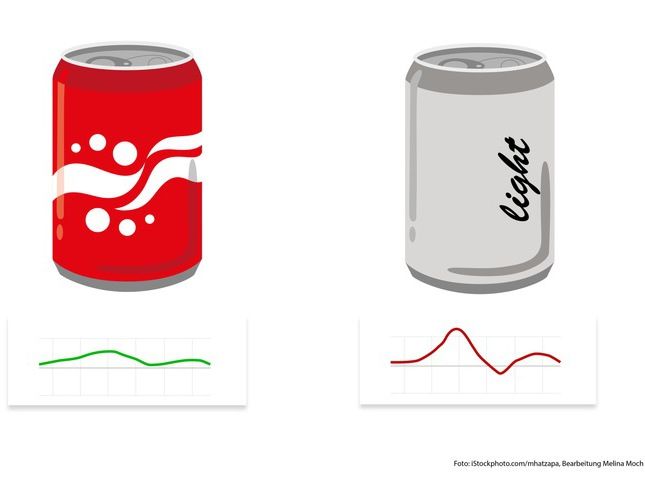5 ways we’re fighting factory food waste with teamwork and technology
On International Day of Awareness of Food Loss and Waste, we check in with our factory frontline for the latest progress report on our fight against food waste.
Advertisement
No one sets out to waste food. Not at home. Not in factories. But the sad truth is that nearly a third of food created for human consumption goes to waste. And a lot of that happens in food production.

symbolic picture
computer generated picture
“It feels wrong to be wasting food in a world where nearly 10% of our population is still hungry,” says Jennifer Han, Unilever’s Chief Product Supply Chain Officer for Nutrition.
Sandeep Desai, Unilever’s Chief Product Supply Chain Officer for Ice Cream, agrees. “It also just makes simple business sense to fix this waste problem and invest the money we save in things that matter, like our brands, our people and our supply chain,” he adds.
Processing the problem
The difficulty with food waste in factories is that it often occurs as an intrinsic part of production.
“Although the complex processes in our factories, such as the start-up and shutdown of machinery, mean that food still goes to waste, overall in 2022 we have seen an acceleration of waste reduction across both our Nutrition and Ice Cream business groups,” says Jennifer.
“We have now reached a 17% reduction in our own global direct operations versus our 2019 baseline, and our cross-functional teams are working relentlessly to improve this,” she explains.
“We are learning so much along the journey, which is vital for our business, for our people and also for the planet.”
One of the key learnings has been the importance of pinpointing where food waste hotspots are happening and making finding solutions a priority for every member of the factory team.
Why visibility is business critical
“I can’t emphasise enough the importance of making waste across all the lines visible,” says Jennifer.
“Making a deep connection with every factory worker in the frontline is critical because it is only when they see the reality of the food going to waste that we can start on the journey to finding solutions.”
Julius Mannherz, Sourcing Unit Director at the Heilbronn factory in Germany, suggests that it is here that food factories may have the advantage.
“Any type of waste is unacceptable, but wasting food while people in the world do not have enough to eat really hits a nerve,” he says.
The power of technology
In November 2020, Unilever formally announced its commitment to halve food waste across its own operations by 2025 as part of its Future Foods commitments.
Automation, digitalisation and most recently AI are all playing a critical role.
“You need to take immediate action using real-time data. But this is only possible through the full deployment of AI and digital tools,” explains Sandeep.
But both Sandeep and Jennifer are quick to point out that as important as tech is, it is the factory teams that are at the heart of any significant change.
The importance of teamwork
“The factory teams are the ones who manage the gaps between the issues that happen every day on the line and what we do about it. You might be surprised how often they come up with the solutions,” says Sandeep.
Perhaps the clearest example of this is the Rework machine which was created by a production manager at the Heilbronn factory in Germany and has so far saved 120 pallets of food from going to waste (see full story below).
“This is a great example of amazing changes that can happen when you really capture the hearts and minds of people on the front line,” says Jennifer.
Here are five factories that are proving that point.
The innovation approach: Heilbronn, Germany – Knorr
What waste? Packaging issues such as overfilling, underfilling or pouch sealing were resulting in 1% of food and packaging being thrown away every year. This was a very small percentage of the factory’s output, but in real terms it still equated to thousands of kilos of food every year.
Closing the loop: Production Manager Vladimir Kalasic created the Rework machine which hygienically empties untouched food from packaging and then completely separates it from its wrapper. The food can then be repackaged, and the wrapping can be recycled.
Results: Within the first six months of operation, the Rework machine has recouped more than 120 pallets of food (about 60 tonnes) and is expected to reduce food waste at the plant by a further 20% next year. The machine technology is being rolled out to other Unilever food factories and new versions are being developed for use with other pack formats.
The machine-learning approach: Heppenheim, Germany – Ice Cream (Magnum, Viennetta and Carte D’Or)
What waste? At Heppenheim, the coating process of the Magnum line was identified as a food waste hotspot due to the excessive amount of chocolate that was often used.
Closing the loop: The team launched a factory-wide programme to control, reduce and reuse. This included an awareness campaign to improve measurement and leverage digital tools to increase visibility of waste. New technical tools were introduced, including a machine-learning system that optimised how much chocolate coating was needed and how to best recirculate the chocolate. Finally, systems were put in place to ensure that any waste could be repurposed for animal feed.
Results: Altogether the project has seen food waste reduced by 30% and reuse increased to 97%.
The technical approach: Poznan, Poland – Hellmann’s
What waste? 100kg of product residue was regularly left in the production bag (aka the pallecon bag) during the decanting process when mayonnaise is poured into 10ml portion packs. This amounted to around 500kg being wasted every day.
Closing the loop: The decanting machinery was optimised in three ways. A pump and a bag squeezer were installed to ensure more mayo was removed, and the platform on which the pallecon bag was kept was angled to allow an easier flow of product.
Results: The adjustments to the system reduced bag residue from 100kg per bag to just 8kg. This could result in up to 200 tonnes of mayo being saved every year. That is about the weight of 33 elephants.
The team approach: Corlu, Turkey – Ice Cream
What waste? Ice cream manufacturing is particularly vulnerable to variations of process conditions, with resulting downtime causing significant food waste. At Corlu, this problem was amplified by a lack of team awareness and understanding.
Closing the loop: The team introduced daily shopfloor meetings and daily waste reporting run by the Finance team, which ensured waste data was visible to everyone. In addition, weekly governance meetings ensured that any waste was fully investigated and dealt with. Finally, the factory audited its food waste hotspots in equipment in order to spotlight what areas needed to be dealt with first.
Results: Food waste reduced by 30% compared to August 2022.
The competitive approach: Kilbourn, US – Dressings including Hellmann’s
What waste? The factory identified its main food waste streams: ‘tote’ waste from start-ups and changeovers, rejects due to underfills and defective packaging components, and giveaways (when product volume is above label claim).
Closing the loop: The team identified root causes of each waste stream and then engaged in a change management programme with digital enablers, counter-measures that eliminated root causes, and a rewards and recognition programme to sustain improvements and encourage new solutions. The digital enablers allowed smart solutions to be put in place, eliminating root causes of waste completely in some cases, together with performance dashboards which were coupled with action matrices for counter-measures that still required intervention by the factory team.
Results: Kilbourn has reduced its waste from 3.5% in 2020 to 1.5% in 2023. That equates to a reduction from 9.1 kilotons in 2020 to below 4 kilotons in 2023.






























































